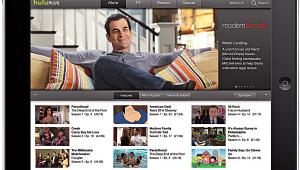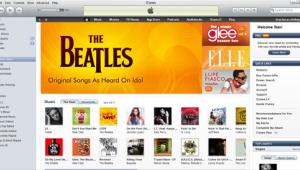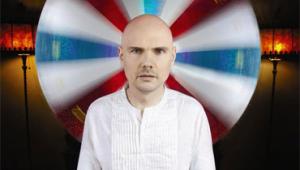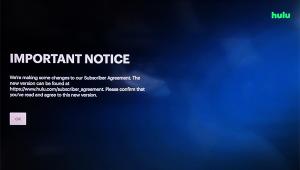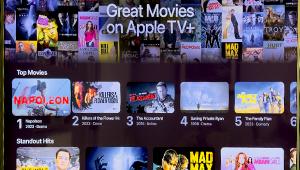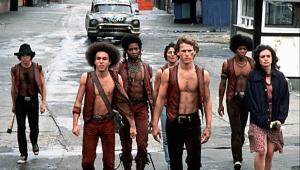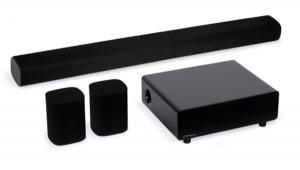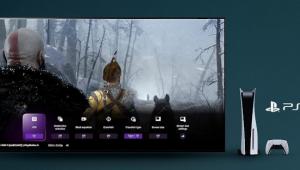Why Buy Blu-ray Now?

You have to feel a little bit sorry for Blu-ray Disc. Despite winning the high-def format war, few are showing it much love. The month after Toshiba pulled the plug on HD DVD, Blu-ray sales plummeted by 40%. Then, a Harris Poll that was released in May showed not only that more people own a PlayStation 3 game console than a standalone Blu-ray player, but that more own an HD DVD player than a BD player.
Forecasts haven't been any more sanguine. The same poll showed that just 9% of non-Blu- ray owners said they were likely to buy a BD player within the next year, even though they knew it was now the only HD-disc game in town. And then there are those who have been speculating that Blu-ray will soon be made irrelevant by Internet movie downloads and video-on-demand offerings from TV service providers. It would appear that Blu-ray can't win - even when it's winning.
But sometimes it seems like the consumer-electronics industry suffers from chronic short-term memory loss, given that it took almost a decade for DVD to supplant the decidedly less sexy VHS tape as the dominant prerecorded movie format. And it didn't have to fight a format war to get there. Also, Blu-ray proponents say that sales have been slow due to limited supplies of players, not lack of interest.
So in the face of this current adversity, we're here to tell you something different: It's not only time to get excited about Blu-ray, but it's time to go out and buy a player. Here's why:
1 Blu-ray offers the best picture The highest-quality video available is from Blu-ray, the only format currently delivering 1080p content. And it will get even better when the movie studios start taking advantage of the expanded color depths and space enabled by Deep Color and x.v.Color. Cable and satellite can provide great 1080i pictures, but their signals are often severely compressed in an effort to deliver ever more HD content. With 50-GB discs - plus more efficient compression and the ability to access Web-based content - Blu-ray has superior video, high-resolution audio, and bonus features without making any sacrifices. Also, BD players can output film-based video in its native 24-Hz frame rate to a TV or projector that can accept it. That means there's no need for 3:2 pulldown (used to compensate for the difference between film and video frame rates), which can produce picture artifacts known as judder.
2 Blu-ray offers the best sound The arrival of the Dolby TrueHD and DTS-HD Master Audio "lossless" codecs is something to be excited about. With much more capacity than DVDs, Blu-ray allows sound to be delivered at higher bit rates without sacrificing video quality. Properly decoded, TrueHD and Master Audio soundtracks are bit-for-bit identical copies of the studio master. These titles produce 7.1 channels of high-rez audio, with wider frequency response and greater dynamic range than previously possible. Blu-ray Discs can also contain higher-rez lossless formats, plus uncompressed PCM audio streams that, like TrueHD and Master Audio, are identical to the studio master. To take advantage of these formats, though, you have to connect your player via an HDMI 1.3 link or analog outputs; optical and coaxial digital outputs don't have enough bandwidth.
- Log in or register to post comments







